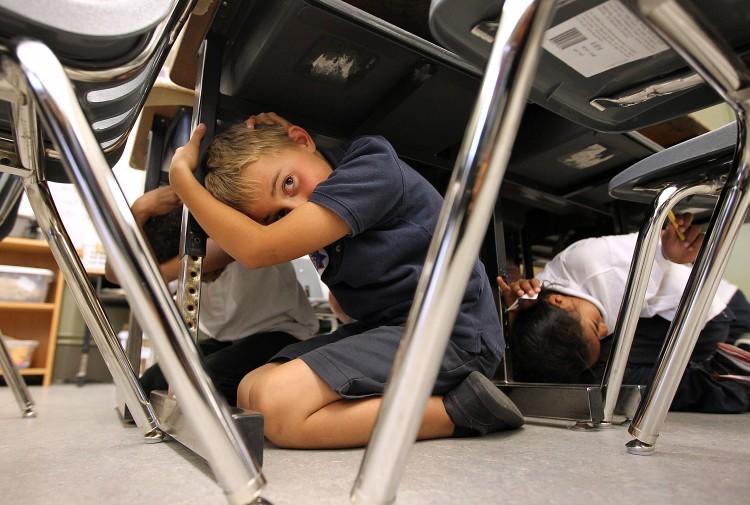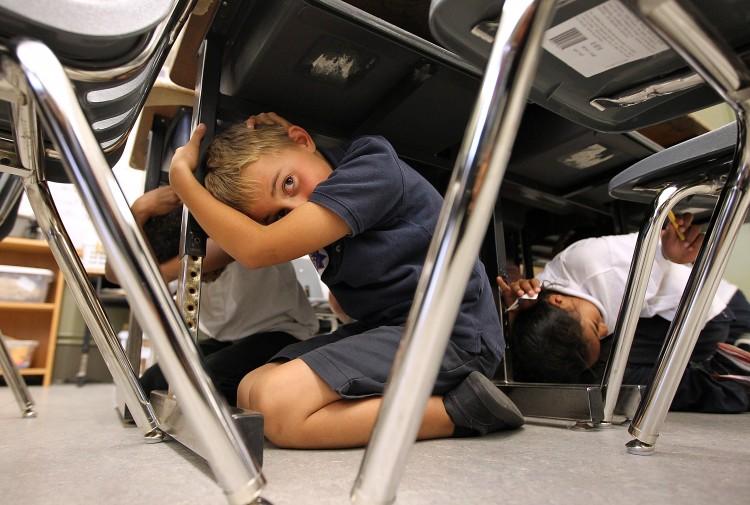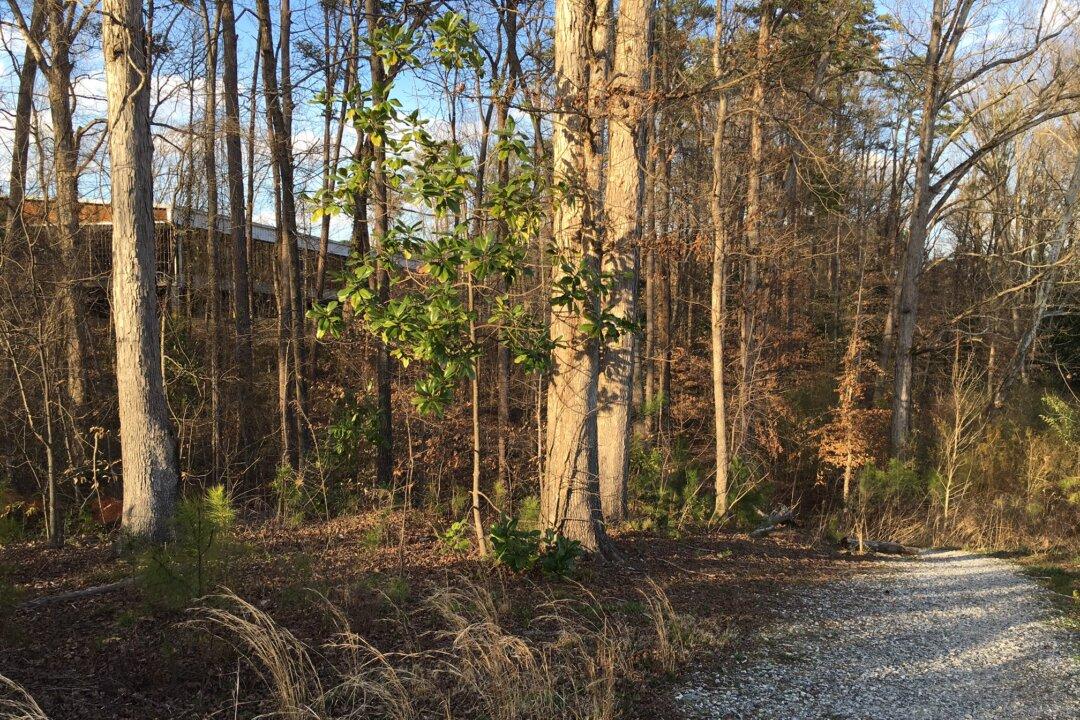A 4.7 earthquake was one of three earthquakes that rattled the Southern California desert March 11, along with an earthquake with magnitude 5.2 that occurred near Anza, Calif.
According to the U.S. Geological Survey (USGS), the region is past due for “the big one,” and more deaths from earthquakes are likely in this century.
Though California has many earthquakes, its deadliest quake was on April 18, 1906, in San Francisco, when an estimated 3,000 people died in the quake and subsequent fire.
Santa Barbara sustained $8 million damage and 13 fatalities from an offshore shock in June 1925, according to the USGS. On Jan. 17, 1994, residents of the greater Los Angeles area woke to the Northridge earthquake. It was the first earthquake to strike directly under an urban area of the United States since the 1933 Long Beach earthquake.
According to a study led by USGS engineering geologist Thomas L. Holzer, earthquake deaths can be prevented by the right kinds of buildings.
Four catastrophic earthquakes have hit so far in the 21st century. Among them were “the 2004 Sumatra-Andaman earthquake (and tsunami) and 2010 Haiti earthquake that each may have killed over 200,000 people,” according to the USGS. A catastrophic earthquake hit Sichuan, China, in 2008 and another hit northern Pakistan in 2005.
A catastrophic quake is one that kills more than 50,000 people.
“This prediction need not be a prophesy: the National Earthquake Hazard Reduction Program (NEHRP) in the U.S. can be a model for how science can inform engineering designs that are adopted into life-saving building codes in earthquake-prone regions,” said USGS Associate Director for Natural Hazards David Applegate in a Feb. 20 USGS news release. “I also cannot stress enough the value of educated citizens — those who understand the natural hazards of this planet and are empowered to take action to reduce their risk.”
Poorer countries often have more earthquake fatalities because of weaker buildings. The right kind of engineering lessens the danger to people in earthquake areas.
“Without a significant increase in seismic retrofitting and seismic-resistant construction in earthquake hazard zones at a global scale, the number of catastrophic earthquakes and earthquake fatalities will continue to increase and our predictions are likely to be fulfilled,” Holzer said in the release.







